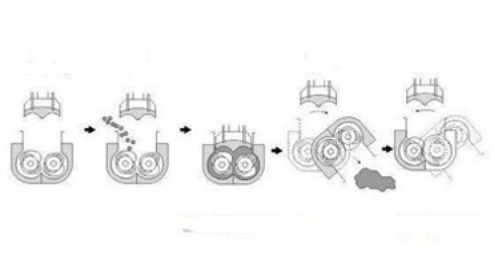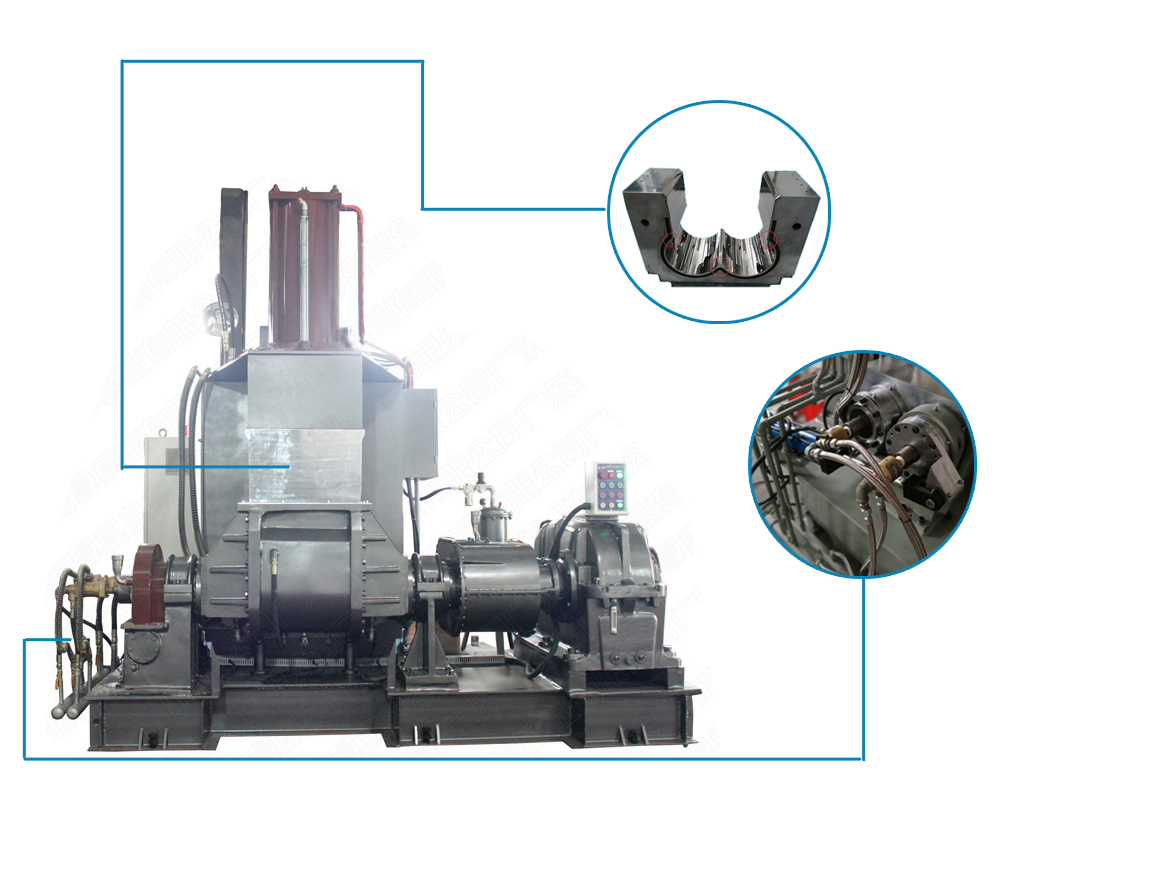Wireless Water Analysis Latest Solution
In some processes, the pH meter and the conductivity analyzer need to be installed at a remote location or in an area where the operator is inconvenient to access. In this case, if a conventional wired analyzer is used, the installation cost of the instrument is required. , maintenance work and data acquisition will be more difficult. At this point, the superiority of wireless products is highlighted.
Wireless Water Analysis Products - The Latest Solution for Analytical Instruments Emerson Rosemount Analytical recently introduced the first industrial-grade wireless pH and conductivity analysis transmitters, the 6081-P and the 6081-C. The transmitter adopts WirelessHART communication protocol. So far, only the WirelessHART communication protocol in the world is the officially released international wireless industry standard applicable to the process control industry. Therefore, the 6081-P and 6081-C can be easily and seamlessly integrated into the plant's HART communication network.
With the WirelessHART communication protocol, Emerson developed a self-organizing, adaptive network topology technology so that each wireless device in the network can be used as a communication path for neighboring devices. This technology enables all devices in the network to seamlessly connect and identify each other and automatically find the most efficient communication path to transmit data, thereby ensuring the reliability of data transmission and the high efficiency of network utilization. Self-organizing and adaptive networks do not require the user to have professional wireless knowledge, no manual intervention, no need to interrupt the work, and they can be automatically reconfigured. If there is a problem with the communication between the two devices, the network will repair itself, automatically replace the communication path to the other device, and transmit the data.
In the water treatment industry, the greatest benefit that wireless devices can bring is that there is no need to lay power cables and signal cables in the field. Water plants can easily and efficiently integrate wireless pH/conductivity analysis transmitters and sensors into their existing In the control system, regardless of the wiring trouble and the remoteness of the installation position, usually, each measuring point can save about tens of thousands of dollars of cable installation cost. In addition, the installation of the instrument does not require site investigation. The installation and commissioning of a wireless transmitter takes less than one hour.
Another advantage that wireless devices can bring is that these wireless analyzers can directly transmit data to the existing DCS mainframe or PLC data processing center of the plant, facilitating process monitoring and greatly reducing the labor and potential human error caused by the operator . The HART device can transmit a large amount of diagnostic information through the WirelessHART protocol. For example, the 6081-P wireless pH transmitter can provide diagnostic information such as slope, deviation, glass electrode impedance, and reference electrode impedance. This information helps the operator to malfunction in the pH sensor. Beforehand, discover and deal with problems in advance, thereby reducing the maintenance costs of the instrument and reducing unnecessary manual on-site inspections.
Today's modern water treatment industry expects to obtain the greatest benefits with minimum effort, that is, increase productivity while reducing business costs. In addition, when professionals at the waterworks make new technology and equipment at the factory, they must also demonstrate the investment. There is every reason to believe that the obvious cost reduction and efficiency improvement that wireless products can bring is the best solution for the water treatment industry.
At present, RosemountAnalytical complete wireless solution can measure pH/ORP and conductivity. In addition, because RosemountAnalytical water quality analyzers all have HART communication function, they can be upgraded to quasi-wireless devices when they are equipped with THUM smart wireless adapter. , access to wireless networks. Therefore, the wireless analysis products provided by RosemountAnalytical cover pH, ORP, conductivity, acid/alkali concentration, dissolved oxygen, chlorine, ozone, and turbidity, which can meet the application requirements of the municipal water treatment industry.
LINA Pressurized Dispersion Kneader
LINA high pressurized dispersion kneader is used for a variety of materials including high filled rubber, plastic and rubber plastic compounds. LINA dispersion kneader's mixing chamber is specifically designed for materials that need high pressure and enclosed mixing environment. Materials are kneaded intensively by a "M" type pressure lid, so the polymers are bonded with fillers more effectively and improving the filling ratio.
Working principle of LINA's "M-W" type mixing chamber
M-W pressing and molding mixing chamber of LN dispersion kneader is applied to ensure good abrasion resistance and even mixture of materials and optimized change of physical nature. 2-turning design is applied for leakage-proof device to largely enhance leakage proof performance, and the built-in dust collector allows for convenient and quick collection of dust.
The mixing chamber is made of advanced special steel, with surface treated with abrasion resistant steel, coated with hard chromium to provided excellent abrasion resistance and its service life 1-2 times longer than traditional dispersion internal mixer. The mixing chamber is divided into tipping type and lifting type. Dry mechanical shaft seal is used to ensure easy maintenance and environment protection.

Specifications of LINA pressurized dispersion kneader
|
LN Dispersion Kneader |
Type |
Size |
Dimension (mm) |
Weight (kg) |
|
LN-LAB TEST (LT) kneader |
0.5 |
1600*900*1900 |
800 |
|
|
1 |
1600*900*1900 |
800 |
||
|
2 |
1600*900*2000 |
900 |
||
|
3 |
1600*900*2100 |
900 |
||
|
5 |
1900*1000*2100 |
1200 |
||
|
10 |
2200*1350*2150 |
2500 |
||
|
LN-Mass Production |
15 |
2200*1350*2150 |
4000 |
|
|
20 |
2500*1450*2450 |
3800 |
||
|
25 |
2500*1500*2500 |
4500 |
||
|
35 |
3200*1900*3000 |
6500 |
||
|
55 |
3300*2000*3100 |
7800 |
||
|
75 |
3800*2300*3200 |
10800 |
||
|
110 |
4100*2300*3400 |
16500 |


Rubber Dispersion Kneader,Rubber Dispersion Mixer,Rubber Internal Mixer,Plastic Dispersion Kneader
LINA Machinery Industrial Co.,Ltd , https://www.linakneader.com